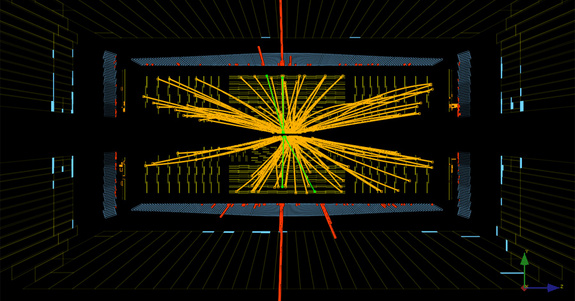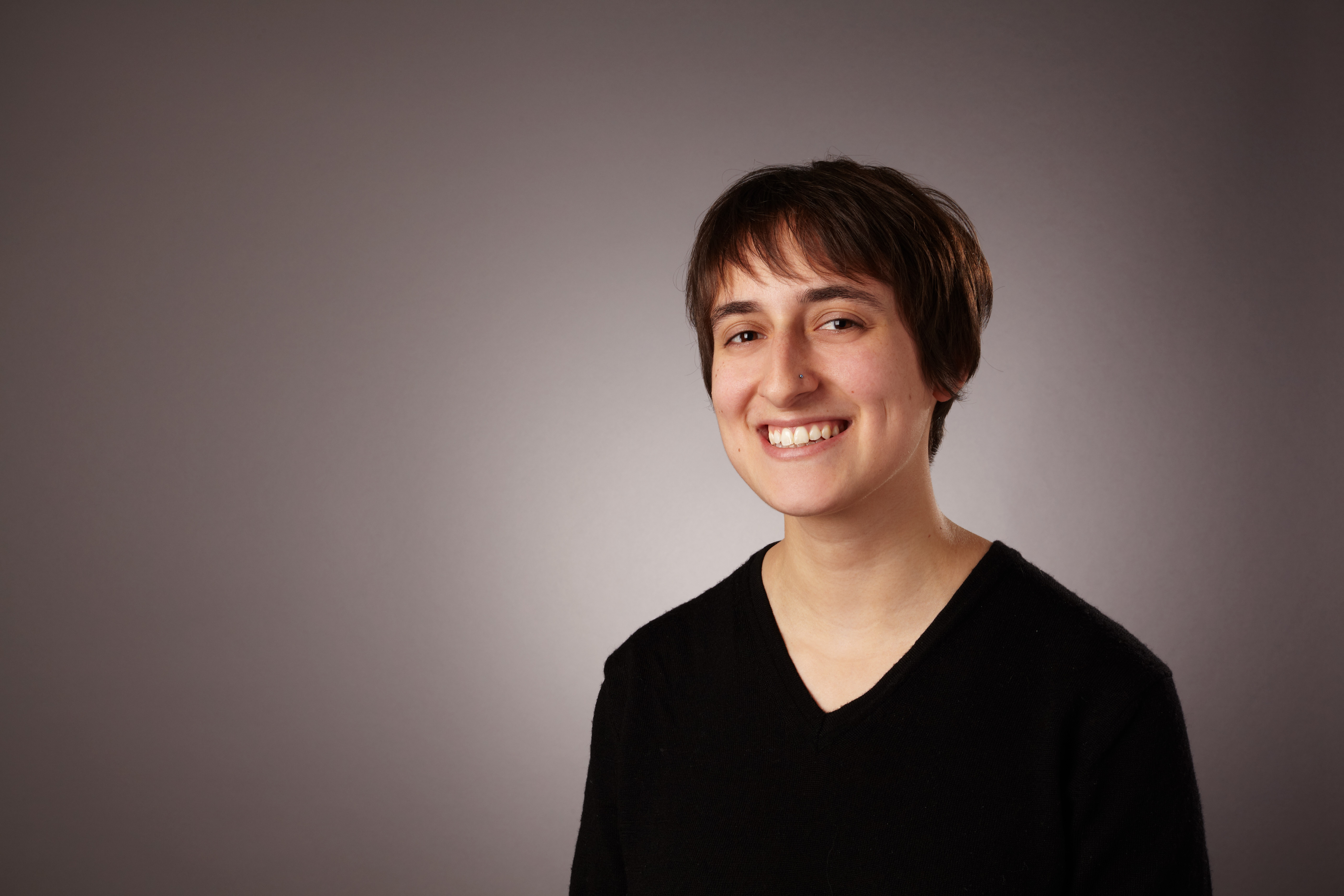Physicists Look to Future After New Higgs Announcement

An announcement today (March 14) confirming that a newfound particle discovered at the world's largest atom smasher last year is a Higgs boson — the theorized particle thought to explain how other particles get their mass — has left physicists hopeful about the future of their research.
Although these newest findings confirming a Higgs — presented at the annual Rencontres de Moriond conference in Italy — have not led to the frenzied storm of excitement created by the particle's initial discovery on July 4, 2012, the work has still energized researchers.
"There is better evidence now, but in some sense, it's also incredibly expected," Peter Woit, a physicist at Columbia University, told LiveScience.
"It is very exciting to be here, and this year just has been quite exhilarating as a particle physicist!" Meenakshi Narain, a professor of physics at Brown University, wrote to LiveScience from the conference.
Last year, physicists working with the Large Hadron Collider (LHC) in Switzerland declared that they had found a new elementary particle matching the findings that would be expected from the predicted Higgs boson, which was theorized by physicist Peter Higgs and his colleagues in 1964.
The two experiments, named ATLAS and CMS, responsible for collecting data on the "God particle," still needed further confirmation before physicists could state definitively that they had found the particle, however. (Though the Higgs is sometimes referred to in pop culture as the "God particle," physicists prefer its official name.) [In Photos: Searching for the Higgs Boson]
"When we discovered the particle, we knew we found something significant," ATLAS scientist and New York University professor Kyle Cranmer said in a statement. "Now, we're just trying to establish the properties."
Sign up for the Live Science daily newsletter now
Get the world’s most fascinating discoveries delivered straight to your inbox.
The results presented today are just one more step toward establishing those properties more firmly, Woit added.
"The interesting thing today was that one of the experiments [the CMS] hadn't updated its data since the middle of last year," Woit said. "Everyone had been waiting to see what the new data was."
Whereas the findings released in July 2012 were robust enough to confirm that a "Higgs-like" particle had been found, the newest science from the CMS refines some of the data, providing the strongest evidence yet that this is the particle predicted by the Standard Model, the reigning theory governing particle physics.
"In coming years, it [the LHC] will study many more of them, and that's what people will be focused on, hoping to see something unexpected," Woit said. "No matter how hard one works at this though, one will only ever have partial information, never get to 100-percent sure that this particle is behaving exactly according to the theory."
Narain agreed, "This of course increases our confidence that this is indeed a Higgs boson. At this point I don’t think there are many people in the particle physics community who seriously doubt that this is a Higgs boson. I am not sure it is meaningful to quantify this with a number such as 99% or 100% certain."
Some scientists think today's announcement should not distract from the wealth of other scientific questions that need to be answered.
"Clear evidence that the new particle is the Standard Model Higgs boson still would not complete our understanding of the universe," Patty McBride, head of the CMS Center at Fermilab, said in a statement. "We still wouldn't understand why gravity is so weak, and we would have the mysteries of dark matter to confront. But it is satisfying to come a step closer to validating a 48-year-old theory."
Follow us @livescience, Facebook or Google+. Original article on LiveScience.com.










